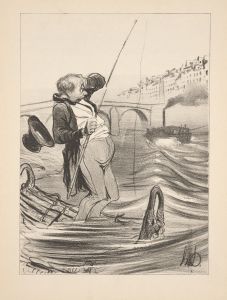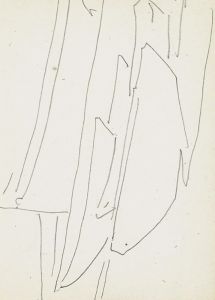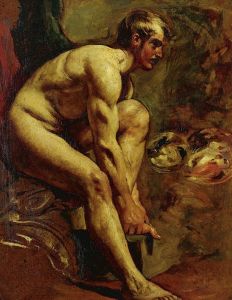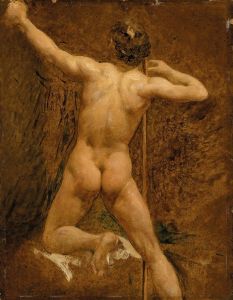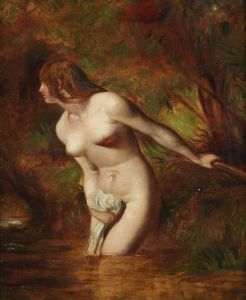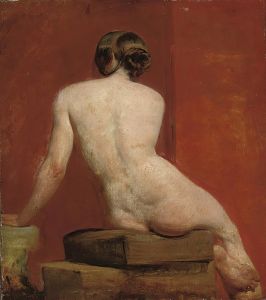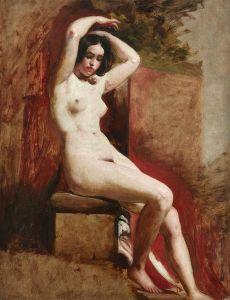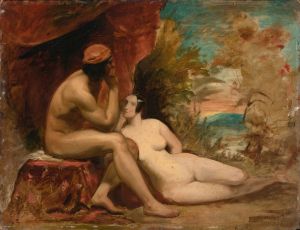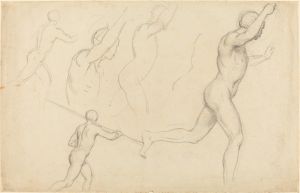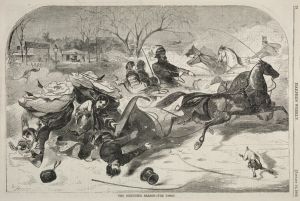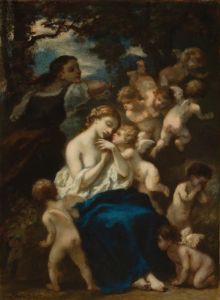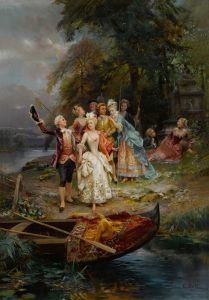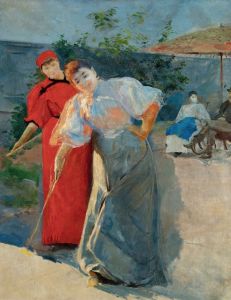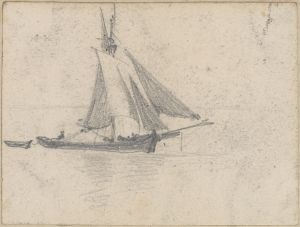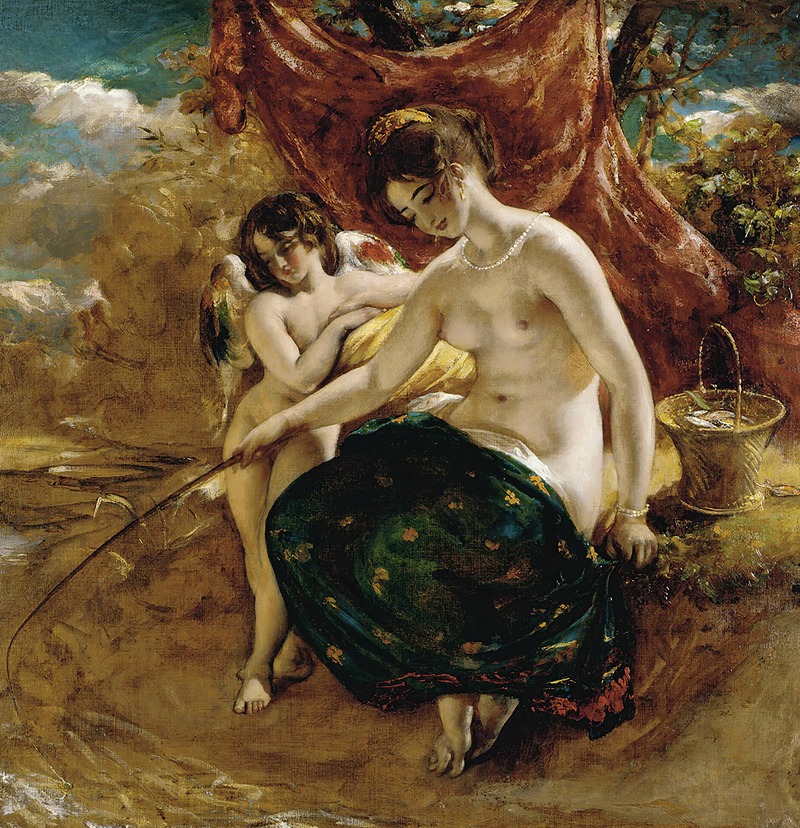
Nymph Angling
A hand-painted replica of William Etty’s masterpiece Nymph Angling, meticulously crafted by professional artists to capture the true essence of the original. Each piece is created with museum-quality canvas and rare mineral pigments, carefully painted by experienced artists with delicate brushstrokes and rich, layered colors to perfectly recreate the texture of the original artwork. Unlike machine-printed reproductions, this hand-painted version brings the painting to life, infused with the artist’s emotions and skill in every stroke. Whether for personal collection or home decoration, it instantly elevates the artistic atmosphere of any space.
William Etty's Nymph Angling is a painting created by the English artist William Etty (1787–1849), who is best known for his depictions of the human figure, often in mythological or historical contexts. Etty was one of the first British artists to specialize in painting nudes, and his works frequently explored themes of beauty, sensuality, and the human form.
Nymph Angling is an oil painting that depicts a female figure, likely a nymph, engaged in the act of angling or fishing. The subject is portrayed in a naturalistic outdoor setting, surrounded by lush greenery and a serene body of water. The painting reflects Etty's characteristic focus on the interplay of light and texture, particularly in the rendering of skin tones and the surrounding environment. The figure's pose and the idyllic setting suggest a sense of tranquility and harmony with nature.
Etty's works, including Nymph Angling, were often inspired by classical mythology and literature, though the specific source or narrative behind this painting is not definitively documented. The artist's approach to the nude figure was influenced by his studies of Old Masters such as Titian and Rubens, whose works he admired for their celebration of the human form and use of vibrant color.
During his career, Etty faced both acclaim and criticism for his focus on the nude. While some praised his technical skill and ability to capture the beauty of the human body, others found his works controversial, accusing them of being indecent or overly sensual. Despite this, Etty remained committed to his artistic vision, believing that the human form was a worthy and noble subject for art.
The exact date of creation for Nymph Angling is not widely documented, and the painting is not among Etty's most famous works. However, it is consistent with his broader body of work, which often juxtaposed the nude figure with natural or allegorical settings. The painting is an example of Etty's ability to combine technical mastery with a poetic sensibility, creating images that celebrate both the physical and the idealized aspects of human existence.
As of now, the current location or ownership of Nymph Angling is not clearly recorded in public sources. Etty's works are held in various collections, including major institutions such as the Tate Britain and the York Art Gallery, which houses a significant number of his paintings and studies.
This brief overview provides a factual account of Nymph Angling based on available information about William Etty and his artistic practice. Further details about the painting may be limited due to its lesser prominence compared to some of Etty's other works.





